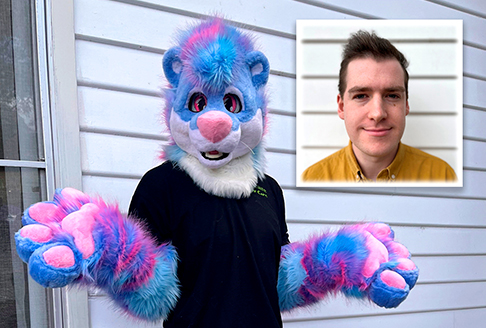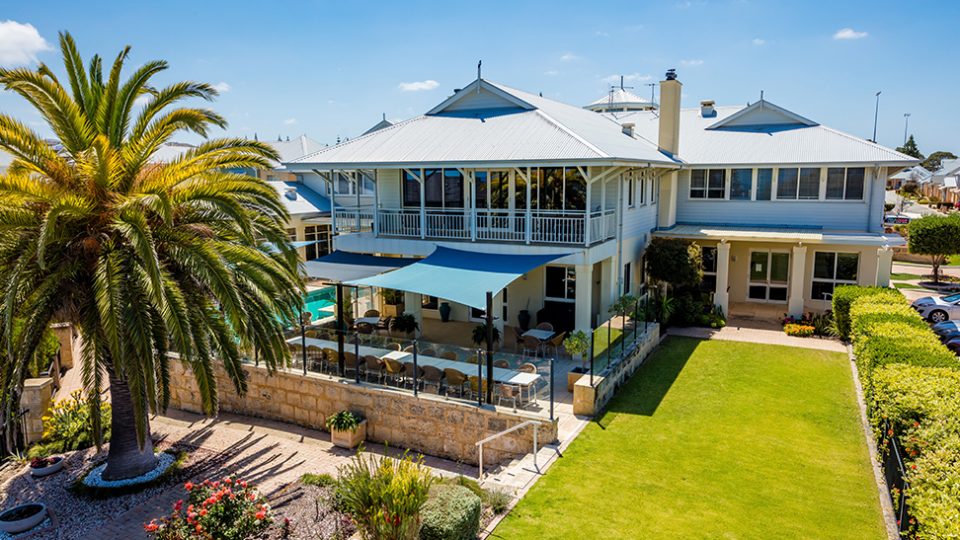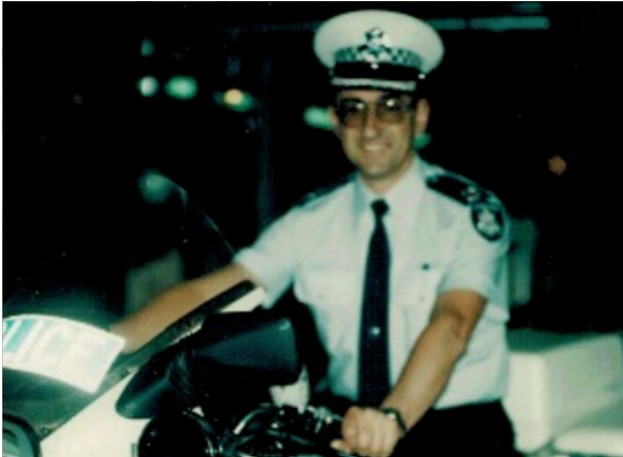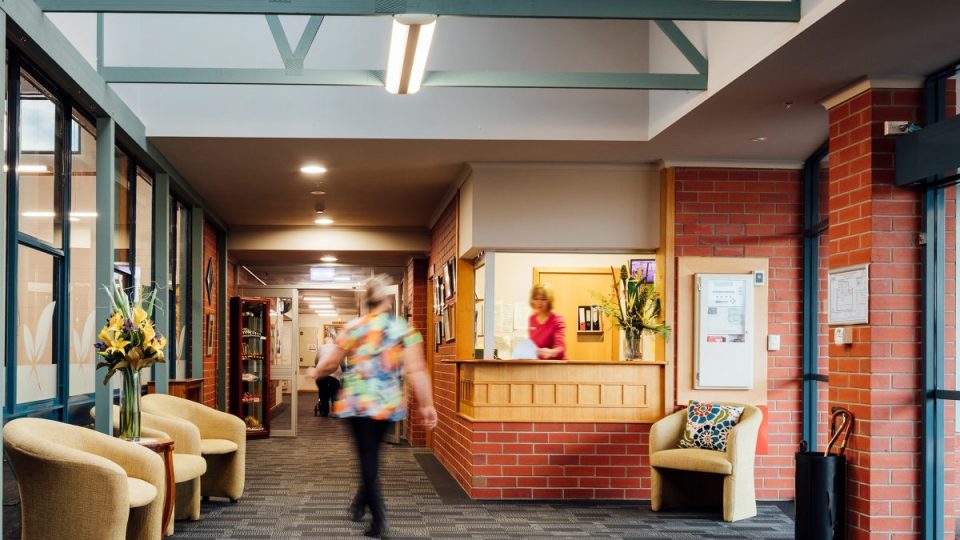FACES OF BAPTCARE #19: ANDRE-LUC ARIAS STANNARD (otherwise known as Tour the Otter)
- 22 Jul 2022

We chatted with Andre-Luc stannard about his roles at Baptcare: workplace trainer and costume play (‘cosplay’) character, Tour the Otter.
- What do you like about your job as a NDIS workplace trainer?
I enjoy many things working in the NDIS space and we have a fantastic team here at Baptcare NDIS. I get countless opportunities to engage and work with NDIS teams and stakeholders across the state. Every day brings a new experience and that’s something I strive for. The work is autonomous, there is flexibility and accommodations made by Baptcare for my own working arrangements and needs. I love the opportunities to undertake projects and represent Baptcare out of the traditional office setting, such as at community events.
- How long have you worked for Baptcare?
I have worked with Baptcare for over 4 years now. I started as a Local Area Coordinator in mid 2018 where I supported NDIS participants and stakeholders in the Glenorchy, Hobart, Kingsborough and Huon Local Government Areas. Mid last year I moved into an office- based role supporting both the North and South of the state in a NDIS gateway phone referral line service. I’ve also had a stint as an Acting Manager which was a fantastic opportunity for my own professional growth. Currently, I am in the Acting Workplace Trainer role.
- What does a typical day look like for you?
A typical day for me is delivering one on one or group-based training around the ever- evolving NDIS Policy and procedures. I also juggle undertaking audits of staff’s work and complete client satisfaction surveys which help me identify training opportunities to deliver to staff.
- You’re an active member of our Diversity &Inclusion Committee. What does diversity mean to you?
Experiencing diversity is part of my everyday work at Baptcare. The people I work with are the epitome of diversity – both clients and staff. At the end of the day we all care about and support each other. I feel cared and trusted by Baptcare to be who I am (and to even get Tour the Otter out for events!)
- Do you have a motto/favourite saying?
Can I have two?
Mahatma Gandhi – “If you don’t ask, you don’t get.”
I’ve never been afraid to ask questions or propose ideas. All the opportunities I’ve been lucky enough to experience would not have happened if I didn’t ask.
Frank N. Furter – “Don’t dream it, be it.”
Much like Gandhi’s motto, its’ about having the confidence to not just have big ideas, but to try and bring them to life, no matter how ‘out there’ they are.
- So, have you and Tour the Otter been in the Baptcare parade for 3 years now or was this his first outing on behalf of Baptcare?
I have worn Tour over the years, however, in the previous parades he has only just been a head, paws and tail. This year was the debut of his feet, legs and body! He has always unofficially represented Baptcare each year, but there’s never been any objections, only compliments, so going with the flow, I’ve kept up the tradition.
- What’s it like wearing Tour the Otter? Do you get lots of attention? I enjoy wearing him although usually it’s only for special occasions such as parades, events or gatherings. I prefer to wear him in winter, too, because Otter’s suit can get quite warm in the summer. The attention I got at the parade was mostly positive, some small children were a little bit scared but most of them loved him!
Community news
-

BaptistCare to acquire Keyton’s Western Australian retirement village portfolio
BaptistCare is pleased to announce that we have entered into an agreement to acquire Keyton’s portfolio of retirement villages in WA.
- 13 Nov 2025
-

Spotlight on Residents: Reg Baker
At Baptcare, we are always delighted to learn more about our residents’ lives. They are often filled with excitement, joy, and adventure, and it truly reminds us how rich a person’s life is—and continues to be—when they join one of our residential aged care communities. Today, we are honoured to share the remarkable story of one of our residents, Reg Baker, who lives at Baptcare Peninsula View Residential Aged Care community.
- 10 Nov 2025
-

Staff spotlight | Leonie Irvine – 35 years of service in aged care
Leonie is one of our dedicated Lifestyle Assistants at Karingal Residential Aged Care community in Devonport, Tasmania. She recently celebrated an incredible milestone - 35 years of continuous service at Baptcare. In a sector where long-term service is increasingly rare, Leonie’s 35-year journey stands out as something truly special.
- 10 Nov 2025
